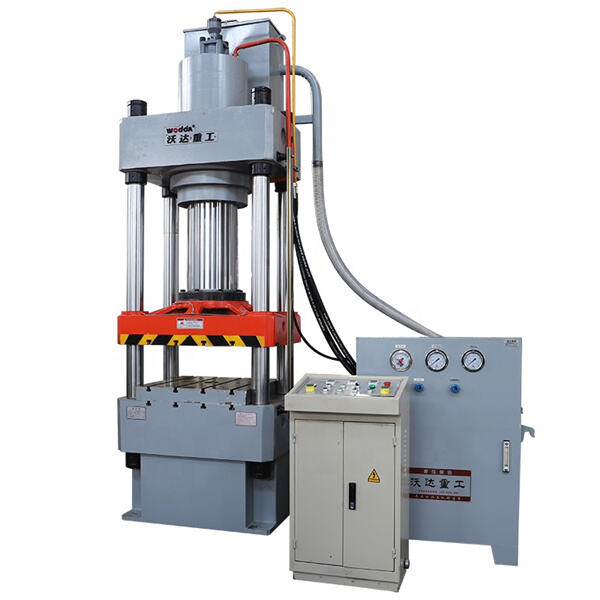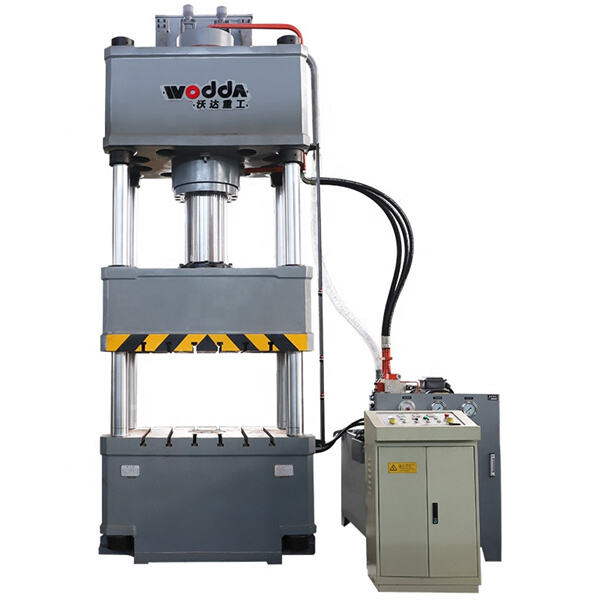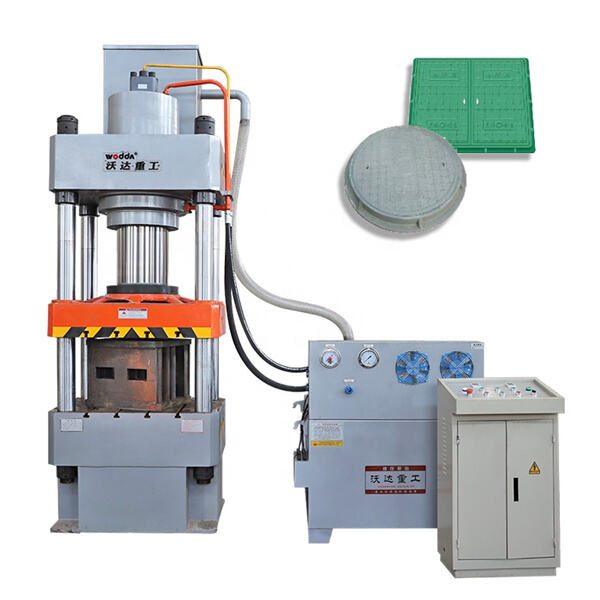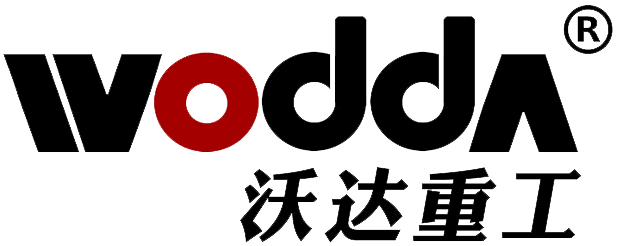Хидравлик нэгж бусад үйлдвэртэй газар, байгууллагуудад олон төрлийн бүтээгдэхүүн үйлдвэрлэхэд ашигладаг том хүчирхэг, чадварлаг түрээс. Эдгээр тоног төхөөрөмжүүд дотоодын материалуудыг холимогчилж, зургаан болгоход, бүтээгдэхүүнийг форматлох зэрэг үндсэн ажлуудыг хурдан хийж чаддаг. Тэд хидравлик давтамжийг ашиглан ажилладаг учраас үйл ажиллагаанд их хүч илрүүлэх боломжтой. Дараах текстэнд хидравлик нэгжийг хэрхэн хөгжүүлэх талаар алхам алхамд харуулж байна. Одоо Woda компани дахь бид эдгээрийг яаж хөгжүүлж, ихэвчлэн өөртөө тусалж буй ажлын төрлүүдэд сайн үйлдэл үзүүлэх машинуудыг үйлдвэрлэхийг, мөн сонголтоор байгаа үйлдвэрийн стандартуудыг хангахыг сурталчлая.
Хидравлик давхаргын машиныг зохион бүтээхдээ тухайн машиныг хэрхэн ашиглах боломжтой гэдгийг мэдэх чухал юм. Машин нь үйлдлийн зорилгоо амжилттай хангахын тулд хэдэн нягт гаргах шаардлагатай гэдгийг мэдэх хэрэгтэй. Хидравлик давхаргын бүх машин нь өөр өөр байдаг учраас тухайн шаардлага хангахад зориулагдсан байдлаар зохион бүтээх шаардлагатай. Зохион бүтээхэд ямар материал ашигладаг, машиний хэмжээ, эсвэл хэдэн нягт хандах боломжтой гэх мэт үйлдлүүдийг ойлгоход тохиромжтой. Дараа нь эдгээр нь машиний зоригдсон үүрэгт хандахад амжилттай ажиллахыг зөвхөн зөвшөөрөх чухал.
Хидравлик давхаргын машин зургийг хөгжүүлэхдээ эхлээд тухайн машиний зураг авах ёстой. Энэ нь маш ихэрхий ач холбогдох үйлдэл бөгөөд, машиний дүрс болон ажиллах арга замыг хэн ч мэдэхийг зориулан зөвхөн зөв, дотоод нь тохиромжтой зураг байх ёстой. Зургууд нь амжилттай харгалзахын тулд маш их мэдээллийг илэрхийлдэг бөгөөд энэ нь машиний ганцгүй хавтас, шинж чанарыг гаргах цилиндрийн хэсэг, шил урлагыг хөдөлгөөнөөрөө оршуулах насос, эсвэл шилний хөдөлгөөнийг зөөх вентиль гэх мэт хэсгүүдийг илэрхийлдэг. Машин ба түүний хэсгүүдийн зураг нь ямар ч хүн харвал ямар хэсэг болохыг мэдэхэд зориулан тодорхойлсон байдаг. Энэ зурах арга нь инженер эсвэл дизайны салбарын ажилтануудад зориулагдсан бөгөөд эдгээр тодорхой зурагтайгаар ажилладаг хүмүүст зориулагдсан.

Хидравлик давтагчын зургийг жишээ нь үндсэн хэмжээнд байгуулж болно, энэ нь тухайн зургийг үнэн машиний хэмжээнд дагаж байгуулсан эсэхийг илэрхийлнэ. Бид "үндсэн хэмжээнд" гэхэд машингийн үзүүлэлтийн үр дүнтэйгээр харгалзах, машингийн үнэн зөв харуулга өгөхийг оруулна. Энэ нь зургийн ашиг нь машингийн ямар үзэгдэхүүн байхыг үүсгэхэд их санал болгоно. Зургууд нь инженерүүдийн зорилгоор дизайны дотор гарч болох асуудлуудыг шийдэх, үйлдвэрлэхээс өмнө харахад их хувь хүртэл тусламж өгдөг. Асуудлуудыг өмнөсөн шийдвэрлэх нь цаг, үйлчилгээний хэмжээг ихээхэн хэмнэ.

Энэ үүнийг хийхэд танд ихэнхдээ олон зүйл хийх боломжтой байдаг, өөрөөр хэлбэл зөв хидравлик агаарын машин 100 тонн энэ нь түүнийг дундаж хамгийн чухал хэсэг бөгөөд түүнд машин (зургаан) хэсгийн хэмжээнүүд, цагаан эрэгтэй шинжилгээ, болон эрэгтэй хослуулалтын арга замыг илэрхийлэх өөр ачааллыг оруулах шаардлагатай. Энэ зорилго нь бидний ашиглах тоног төхөөрөмжийг хүчирхэг, оптимал болгож, бүтээгдэхүүн бүрэн үйлдвэрлэхэд туслана. Зургууд нь машиний санаачилгаас эхлэн машиний бүтээгдэхүүн үйлдвэрлэлийн сүүлийн үе хүртэл ихэнхээс нь зөв байх ёстой. Машин зургуудад зохицуулсан тохиолдолд баг тусам ямар ажил хэрэгтэй вэ гэдгийг мэддэг.

Бидний инженерчүүд хидролик давхаргын төхөөрөмжийн зургуудыг нэгжүүлэн бичихэд ашигладаг болон Вода компани дахь салбарын үндсэн үйл ажиллагааг хамгийн их хангахад анхаарна. Энэ нь чухал юм, учир нь бидний машинууд ашиглана уу оролцоо хүссэн байдаг болон зөв зогсоно. Дэлгэрэнгүй зургуудыг өгөхөөрөө бид бүтээгдэхүүн зөв ажиллах, аюулгүй байх, ямар ч давтамжийн тоог илэрхийлэхийг зөвшөөрнө. Бидний зорилго нь ямар материал, хэсгүүд, арга хэмжээг ашиглах шаардлагатай гэдгийг мэдэхэд тулгуурлан байгаа. Энэ мэдээлэл бидний хамгийн сайн хидролик давхаргын төхөөрөмжийг үйлдвэрлэхийг зөвшөөрнө. Энэ мэдээлэл бидний ашиглаж буй машинуудыг эрчимтэй, тодорхой байдлаар ажиллуулахад туслана.

Хуульчилсан эрх © Шандагийн Вода Нягийн Бусад Хөршinery К°., Ltd. Түүний бүх эрхүүд хуулиар хамгаалагдсан. - Нууцлалын бодлого-Блог